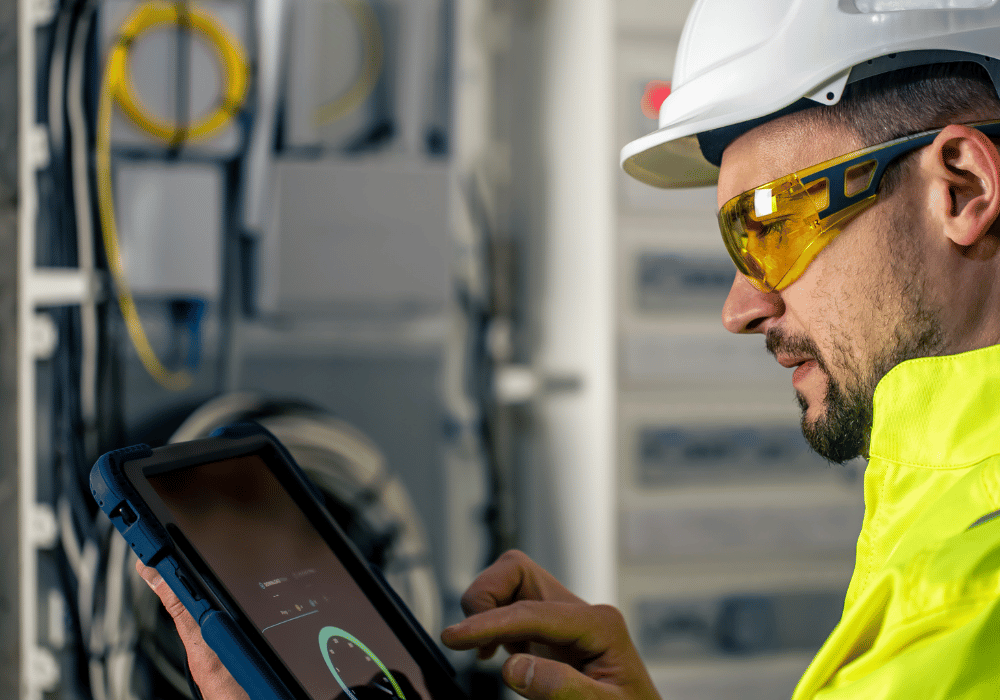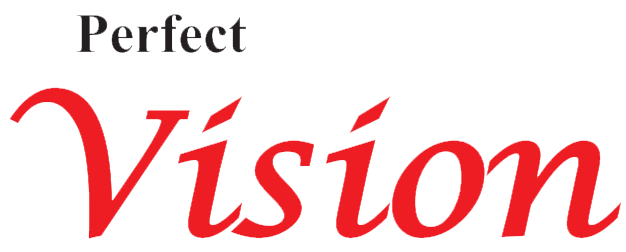IoT Solutions for Air Quality Monitoring
IoT solutions for air quality monitoring utilize smart sensors and data analytics to continuously assess the air quality in real-time. These systems detect pollutants, such as particulate matter and harmful gases, providing valuable insights to improve environmental health and public safety. By leveraging IoT technology, air quality monitoring becomes more efficient, accurate, and proactive, facilitating timely interventions to mitigate pollution and enhance overall air quality.
How does IoT reduce Air Pollution? IoT plays a crucial role in reducing air pollution by enabling real-time monitoring of emissions from various sources such as industries, homes and agricultural activities. Smart sensors collect data on pollutant levels, allowing for proactive measures to be implemented promptly. By providing insights into air quality trends and identifying pollution hotspots, IoT helps authorities and businesses make informed decisions to mitigate emissions and improve overall air quality.

Key IoT Solutions for Air Quality Monitoring and Pollution Control:
Dust and Particulate Matter Sensors
IoT solutions utilize sensors to detect dust and particulate matter levels in the air. These sensors provide real-time data, enabling authorities to monitor air quality and take necessary actions to mitigate pollution.
Wind and Smart Air Observing
IoT systems incorporate wind sensors and smart air observing technology to analyze air movement patterns. By understanding wind directions and speeds, authorities can better assess the dispersion of pollutants and implement measures to minimize their impact.
Carbon and Other Gas Component Control
IoT devices equipped with gas sensors monitor levels of carbon and other harmful gases in the atmosphere. This data allows for the identification of pollution sources and the implementation of measures to reduce emissions.
Humidity and Temperature Sensor
IoT solutions include humidity and temperature sensors to monitor environmental conditions that can affect air quality. By tracking humidity and temperature levels, authorities can predict potential air pollution events and take preventive measures.
Warning and Alert Technologies
IoT systems incorporate warning and alert technologies to notify the public about poor air quality conditions. These alerts enable individuals to take precautions, such as reducing outdoor activities or wearing masks, to minimize exposure to harmful pollutants.
Data Analytics for Air Quality and Hazard Identification
IoT platforms utilize data analytics to analyse air quality data and identify potential hazards. By leveraging advanced analytics techniques, authorities can gain insights into pollution trends, prioritize interventions, and develop effective strategies for improving air quality.
Perfect Vision intends to develop environmental IoT systems to contribute to initiatives promoting health and safety in the environment.
Contact our experts now !
Let’s discuss how our solutions can make your workplace safer and more secure. Your safety is our priority.

